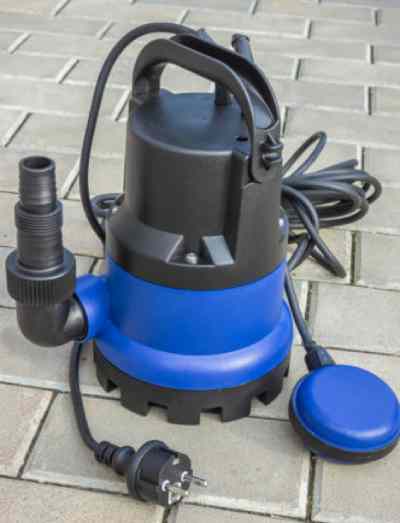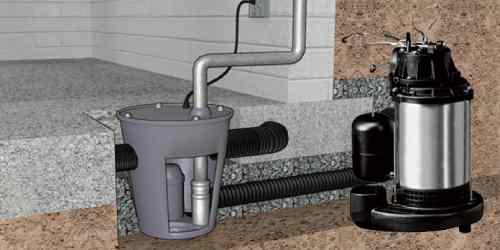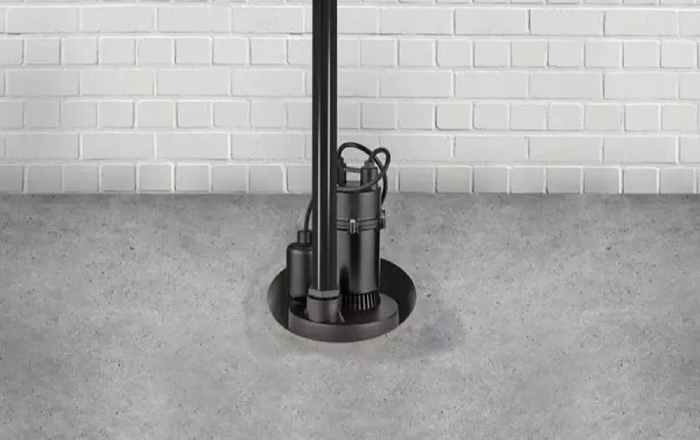It’s a good idea to have your sump pump professionally inspected once a year. A professional will inspect the pit to make sure it is large enough, and the discharge pipe should be tested for clogs.
Unplug your sump pump and remove it from the basin for evaluation. Clean the pump inlet screen and lubricate the bearings (if necessary). Pour five gallons of water into the basin and watch the float switch to make sure it moves through its range without binding and turns the pump on and off properly.
Clean the Inlet Screen

The inlet screen on your sump pump is a crucial component that can easily become clogged and prevent your pump from working properly. You should clean this screen at least once every three months.
To clean the pump, first unplug it and remove it from the sump pit. You can then rinse the pump with a garden hose and use a plastic scraper or putty knife to remove caked-on debris.
Next, clean the discharge pipe. Debris like twigs, mud, or rocks that get into the discharge pipe can cause problems with your pump’s ability to drain properly. Make sure that the discharge pipe is directing water far enough away from your home. You may also want to check the discharge pipe for rust or corrosion and clean it as well. Finally, check the float switch to ensure that it’s functioning correctly. If it doesn’t turn on when the pump needs to run, you should consider getting a new one.
Clean the Discharge Pipe
While you’re at it, make sure your discharge pipe is directing water far enough away from your foundation. Ideally, it should be a minimum of 20 feet away.
Before removing the pump from the sump pit, line your work area with plastic or old towels. This will prevent your hands from being soaked while you clean the dirty Zoeller M53 sump pump.
After the pump is disconnected, spray off its outside surface with a garden hose and a plastic scraping tool. If it’s caked on with stubborn grime, use a disinfectant.
Next, disconnect the discharge pipe from the pump. If there’s resistance at the connection point, it could indicate mold or corrosion. If your pump constantly runs, it might be undersized for the job and needs to be upgraded. A professional can help you determine what the issue is. Then, you can have it fixed. This will prevent your pump from overworking and shortening its lifespan. You’ll also be able to avoid costly repairs down the road.
Check the Float Switch

The float switch of your sump pump may stop responding to the level of water. This can lead to the pump running overtime and burning out its motor. This is a common problem in older mechanical switches, but electronic switches are available that work with minimal parts and no moving components. Check your owner’s manual to determine the location of your float switch and how it functions.
Test the float switch by using a coat hanger or similar insulator to gently lift it upwards. If it energizes the pump and turns off when you lower it again, it is functioning correctly.
While you are testing the float switch, you can also inspect the discharge pipe for obstructions. It is important to ensure that the discharge pipe carries drainage water away from your house at a safe distance. This helps prevent your sump pump from displacing water into your basement, and it protects you and your neighbors’ properties from flooding.
Clean the Pump
Sump pumps are hard-working and must handle a lot of wear and tear. Regular cleaning and inspections can help them last longer.
Start by unplugging the pump or shutting off its circuit breaker. Then clear debris from the sump basin, ideally leaving it wide open to access all parts for cleaning and inspection. Also, make sure no one uses appliances that drain into the sump pit or basement until after you complete your work.
Summary:
After checking the power source to ensure its cord is in good condition and the connection is correct, disconnect the pump. Then clean the grate, inspect the drainage pipes, tidy the screen or inlet opening and put the pump back into the pit. Once you have reconnected it, fill the pit with water to keep it from running dry. Finally, clean the pump itself and wipe it down with a disinfectant, concentrating on any crevices where gunk might hide. Then re-insert the pump and give it a test run.

